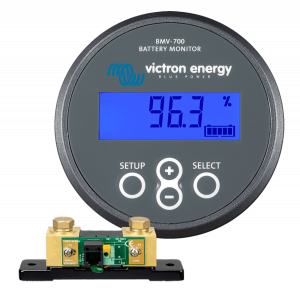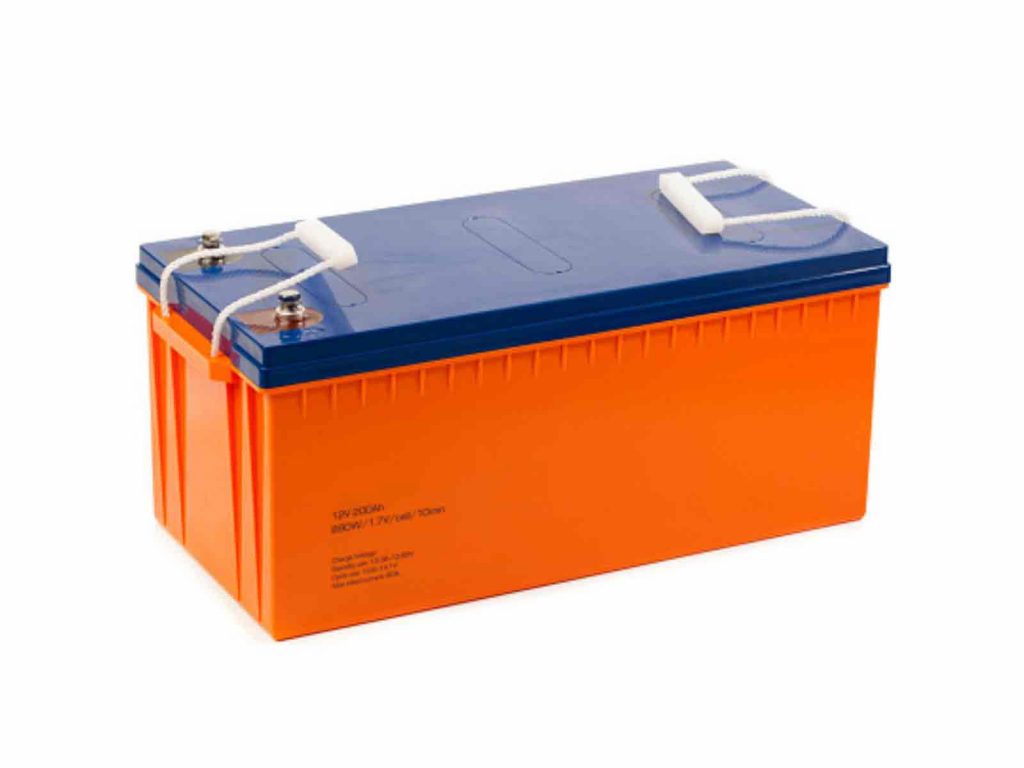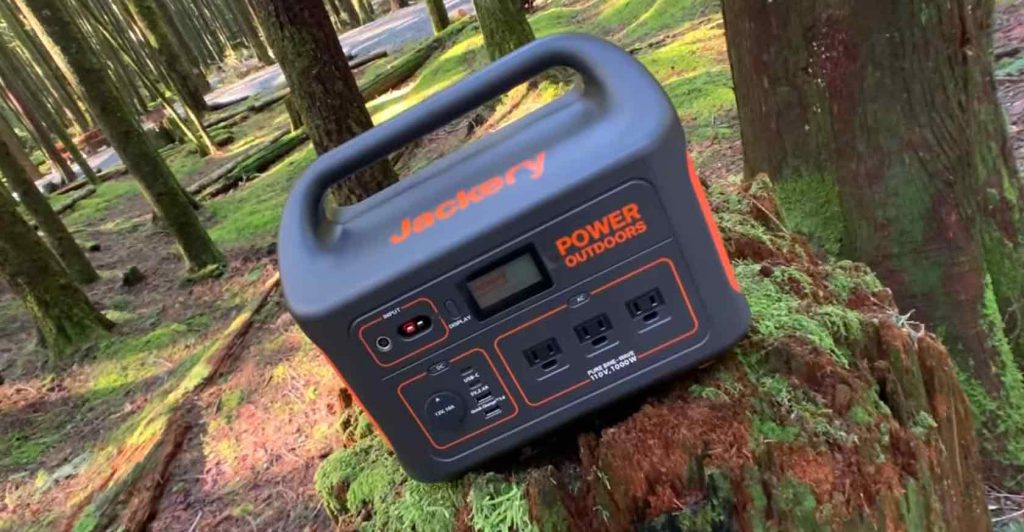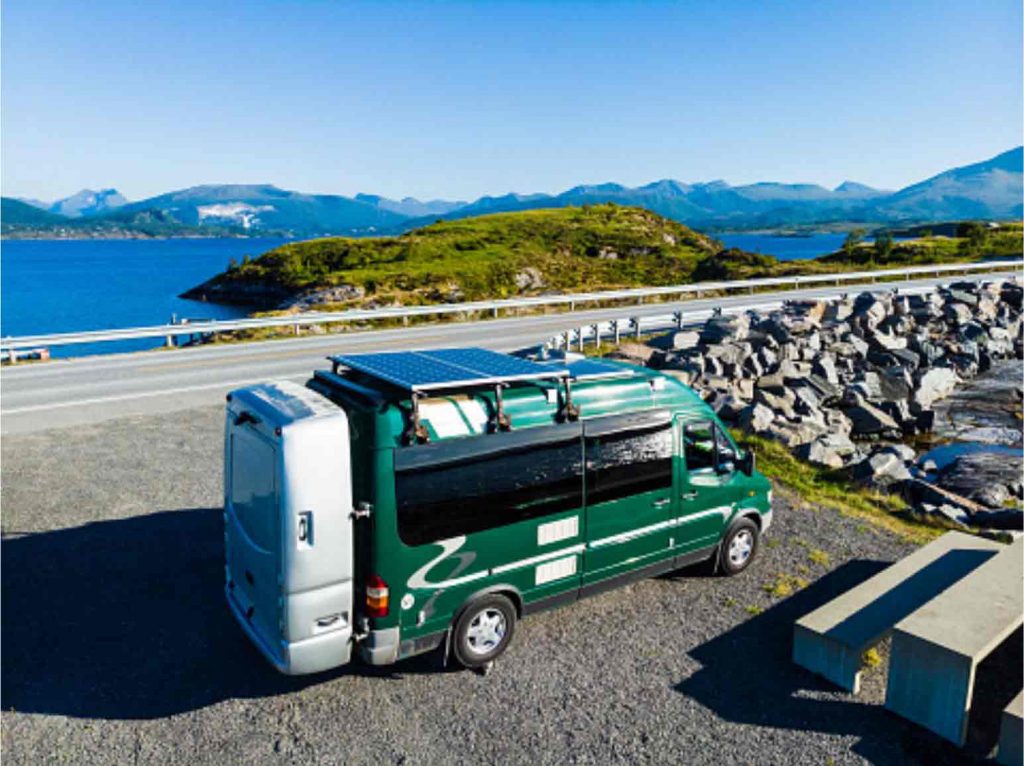Lithium batteries are better than Lead Acid batteries in more ways than one. They are more efficient when charging, high a higher energy density, are lightweight, and last longer. Moving from Lithium to Lead-acid is an upgrade that has happened in electric vehicles, in backup systems and is the technology powering your everyday devices like your phone and laptop.
However when it comes to campers there may be some impediments that will stop you from making the upgrade to Lithium, and I am not talking about the cost. Are Lithium batteries more expensive than Lead Acid batteries? Yes, they are. But some will argue that the upfront cost of buying lithium-ion batteries will pay itself off as you get more cycles and higher energy density than Lead-acid batteries. This is true but other costs come with upgrading your camper to Lithium.
We look at those costs plus other reasons you may not go for the lithium upgrade.
1. Drop-in replacement? Not really
Some batteries claim to be drop-in replacements for Lead-acid batteries for your systems. But this may not be accurate. Offgrid batteries and systems work on a 12v system which you will get on Lithium batteries. Lithium cells have a rating of 3.7v and four cells will come to around 14V which can work in a 12v system. Also, the size of the battery may be the same or even smaller and fit right into where the old batteries were.
But this does not mean that you can just buy the batteries and fit them right in and expect everything to be running smoothly. You may need to change some of your electrical system components for this to happen.
2. You’ll have to Upgrade your Meter
You will most likely have a Meter installed for your system and this is likely just specifically made for monitoring state of charge of Lead Acid batteries. These meters will indicate a battery to be fully charged at around 12.1 and then monitors the voltage drops as the battery is being discharged.
This is where the issue comes in voltage does not drop for lithium batteries as they discharge. Lithium batteries maintain their voltage at around 13.1 and will be considered fully charged even when it’s 90% discharged.
So when using your Lead-acid meter you may end up assuming you have a fully charged battery when actually it may be close to being empty. You go on a trip thinking you have a full battery or for them to go dead. ur trips. You will need to upgrade to a battery monitor that will display information on the battery including voltage, current, and show levels of charge of the battery.

A battery monitor from Victron also has a Bluetooth module and app that will allow you to track everything from your phone. It will also alert you when the battery is fully charged, huge draws from the loads on the battery, and if the batteries are heating up.
3. Your charger may not charge the battery fully
As with the same case with the battery meter, chargers will also check the battery voltage to check whether the battery is fully charged. As mentioned before Lead-acid batteries are fully charged at a lower voltage than Lithium-ion batteries. Therefore if you have Lithium batteries on a Lead acid battery charger it may never fully charge as the voltage will indicate it is fully charged.
Consequently, you will need to upgrade to Lithium specific charger or where possible change the programming of the charger to the voltage recommended for your lithium batteries. This should be 14.4 volts in most cases.
4. Charge Controller Parameters
If you using a Solar set up a charge controller is a must. A charge controller’s mains function is to regulate the voltage from the solar panels and make sure the battery is being charged while providing overcharge protection.
Make sure your charge controller is suitable for Lithium batteries. Some controllers just have settings for AGM and SLA batteries which will not work for your lithium batteries. AGM settings may work but the chargers will not fully charge your battery.
Most MPPT controllers are programmable and you will just enter the new parameters for charging.

You can set these parameters as recommended by your battery manufacturer. Also, settings for Float and Equalization will need to be turned off as these are not need for Lithium batteries.
5. Lithium batteries can be hard on your Alternator
Lead-acid batteries typically charge slower than Lithium batteries. While they may charge fast at the bulk stage when the battery is empty, the more they charge up the higher the internal resistance and hence slower as the battery becomes full. This is not the same for Lithium batteries.
Lithium batteries are almost 100% efficient when it comes to charging and a Lithium battery bank can take up to 100 amps when charging without slowing down. So when sizing your system you don’t have to necessarily go to a higher Amp-hour battery. This is good news when charging through solar or a generator as you have limited time but it may cause issues for your alternator.
Alternators are not made to put out full amperage constantly they may end up burning up when charging lithium batteries. It is this or charging up to 70% charge of your battery. One solution is changing the alternator to get one that can pump enough amps to your battery.
Another is getting a Battery Isolator or a DC to DC charger. It can be set for Lithium batteries and allows your engine’s alternator to take a break and saves it from wearing out.
6. Lithium batteries don’t perform well in Low Temperatures
One of the major reasons why you should not go for Lithium batteries is because they cannot be discharged below freezing or 24 degrees Fahrenheit. This can be a real issue as most coach batteries in travel trailers are mounted on the outside or under the stairs in other RVs. The cold is never an issue with Lead Acid batteries.
This means you may need to move them and place them in an enclosed area where it can be a bit warmer or where there is some kind of temperature control. In solar setups, the charge controller and the inverter may dissipate some heat when in use and can provide some warmth during cold times. You may also have to use warming blankets.
7. Lead Acid batteries are not as bad as they are made out to be
Lead Acid technologies are not one type of technology but consist of two different types; Wet and Sealed Lead Acid Batteries. When referring to lead-acid batteries you may be misled into thinking all of them behave the same. The old type of Wet lead-acid batteries required maintenance by filling with water and emit gases.
However Lead-acid batteries also went through a metamorphosis and improved to include maintenance-free options. These batteries do not require filling with water and can be mounted in any position. They also can be transported via air or ground without special handling. These SLA batteries can be found in two types which are Gel or AGM (Absorbed Glass Mat).

AGM batteries are a more popular option for RVs and Marine deep cycle batteries as they are more affordable and perform well under high load conditions. And also unlike Lithium batteries perform well under cold conditions.
8. Safety concerns
Just like Lead-acid batteries, there are various types of lithium-ion batteries. Lithium batteries are still evolving to find a more stable, efficient, and lightweight solution. Some lithium-ion chemistries have proven to be unstable and have exploded while charging causing damage and injuries.
However, RV batteries use Lithium Iron Phosphate (LiFePO4) which is the safest chemistry. It is slightly heavier than the other types of lithium batteries like Lithium NCA used in Electric vehicles.

9. Price will drop eventually
Price is usually the biggest issue for most people when it comes to upgrading to RV lithium batteries. If you have a few years left on your AGM batteries and not looking to expand you can wait out a little. Lithium battery technology is still in its infancy and as the industry grows and there will be more production and competition and prices will go down.
This is especially true for the LiFePO4 battery which is seeing more manufacturers coming into the fold and its application being expanded to Car Batteries, Renewable Energy, and Data Centre battery banks.
Go for a Lithium Power Station instead
A better solution to upgrading to lithium would be going for a Lithium Power station or Solar generator. To run smoothly on your RV included with the lithium battery is the charge controller, a display meter, 12v plugs, and fuses all in one box. You won’t need to do any wiring and everything will be covered by the manufacturer’s warranty. It will also include the input plugs that can be used on shore power, regular power, or solar panels.

Some solar generators will have a 30 amp power shore plug that can connect your cord directly and power all your appliances. You can also be still running off your AGM battery bank to run your other appliances and use your power station to run high-demand appliances like Microwaves, coffee makers, and AC. But this will be dependent on the size of the solar generator.
However, you might still have to go Lithium batteries in the following cases;
You live in an area that experiences high temperatures
While Lithium batteries don’t perform well at freezing temperatures it is the opposite when it comes to Lead-acid batteries. High temperatures increase the internal resistance in Lead Acid batteries making them not only charge slower but reduce in capacity. Lead-acid batteries also deteriorate quickly in high temperatures and can only about two years in the heat.
Lithium batteries continue to perform normally up to 35 degrees and can be stored in temperatures above 40 degrees Celsius.
Looking for More space
Lithium batteries can store more energy than Lead-acid batteries (up to 4 times). A lead-acid battery can take up more than 10 times the space of a Lithium battery of the same capacity.
Space is at a premium in an RV so if you are looking to expand your battery bank without constricting your space. Lithium batteries are an option you need to look into.
Off-Grid Camping
If you looking to go boondocking for long periods a lithium battery bank is a better option. Because they store more power you can spend longer times without having to connect to shore power or recharging the bank.
They are also quicker to recharge as they do not have high internal resistance like Lead-acid batteries. This can be a great boost if you using solar panels. You only have a few hours of sunlight especially in winter months and cloudy days to charge your batteries. While a typical 12V Lead-acid battery can take up to 10 hours to charge. It will take only 3 hours for a lithium battery to fully charge. Allowing you to maximize on hours of available sunlight.

Longer Life
Battery lifespan is not measured in terms of lifespan but rather the number of cycles it can handle before it expires. A cycle is when you discharge a battery and then charge it back again. While Lead-acid batteries can last up to 1000 cycles Lithium batteries last up to 3000 cycles. This loosely translates to 3 years and 8 years but this can be less or higher depending on the number of cycles you use.
Value for Money
We finish where we started on the cost of Li-Ion batteries. The biggest impediment to upgrading to Li-Ion Batteries is the price. An H7 Lead Acid battery can cost less than $300 but this can be up to triple the amount when you go for Lithium.
For a battery bank of 4 12V 100 ah batteries, you can spend up to $4000. But this bank will serve you for up to 10 years. So translate to roughly $400 per year which is still a lot. But if it allows you to live off-grid and saves you on camping fees then it’s a matter of calculating the value.
You are here